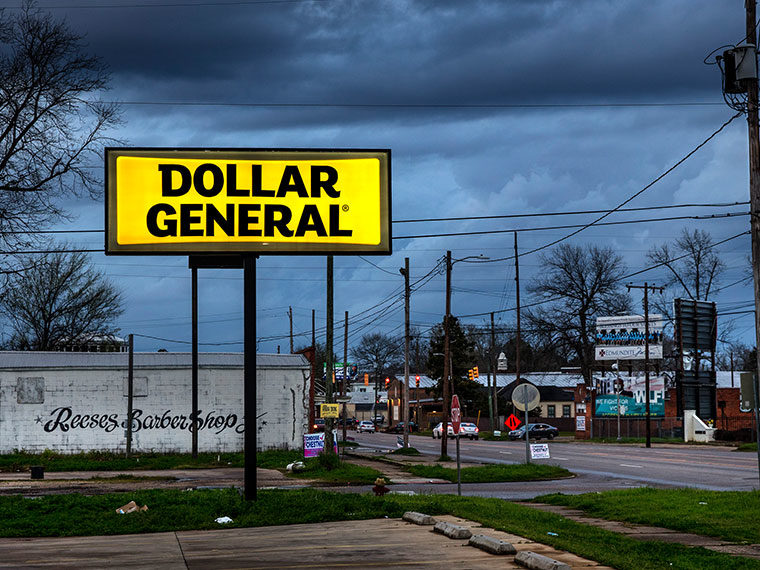Target customers with easy access to a competitor?
American Airlines’ frequent flyer program, introduced in 1981, set the pattern for the modern loyalty plan. The more a member flies (or stays in an affiliated hotel or rents an affiliated car), the more points she gets toward discounts on future purchases. Now used by grocers, drug stores, coffee chains and many other businesses, the programs are designed to give consumers, faced with a multitude of choices, an incentive to give one company their repeat business.
As popular as they are, it isn’t obvious that the programs are always worth the cost. Customers win discounts for purchases they would have made anyway, cutting into profits. The programs can be expensive to administer. And unredeemed rewards create an overhang of huge financial liabilities. (Passengers in five popular frequent flyer programs have stockpiled $27.5 billion in unused awards.)
Targeting Efforts Can Aid Loyalty Programs’ Profitability
A study suggests one way to make loyalty programs more profitable: better targeting. In a paper published in Quantitative Marketing and Economics, Southern Methodist University’s Wayne Taylor and UCLA Anderson’s Brett Hollenbeck analyzed spending by members of a loyalty program for a large, national home improvement retailer.
Opt In to the Review Monthly Email Update.
The paper is based on an analysis of the retailer’s point-of-sale transaction data from more than 10,000 customers, each making an average of 90 visits among five different store locations during the two years of the study and spending about $110 a visit. Nearly 15% were members of the loyalty program.
Unlike many loyalty programs, the retailer’s applies to only a single large category of its products. (The authors aren’t permitted to say which one.) Customers whose spending in the category reaches a certain level receive discounts on future purchases within the category.
The authors also had access to the company’s email marketing campaigns, the customers’ home ZIP codes and the location of each of the company’s stores. They also had the locations of four main competitors: a big-box home improvement store with a wide variety of products; two smaller stores with fairly wide assortments and a specialty outlet that featured the product category covered by the retailer’s loyalty program. In other words, the five stores of the studied chain and plausible local competitors.
Analysis of the data found that customers’ shopping behavior changed significantly after they joined the program, but it isn’t obvious that changed because they joined — some may have been planning to increase spending in the covered category and joined to take advantage of the discounts. As a group, though, those who joined the program deliver little in the way of additional profits, the authors say.
Not All Customers Are Created Equal When It Comes to Rewards
Within the group, however, some customers are considerably more valuable than others, suggesting that the retailer could make its program more profitable by focusing on marketing to them. The trick is identifying those customers ahead of time, given a wide variety in the shopping behaviors of program members.
Customers who showed the biggest increase in spending after joining the program included those who:
- previously had spent less than average on products in the qualified category
- are relatively far from the retailer’s stores
- are relatively close to a competitor’s stores (especially the big-box outlet)
- shop at the retailer’s outlets that are relatively close to a competitor
This suggests that the program works best when it steals business from competitors and that the most profitable members are shifting purchases away from the competitors to the retailer.
One way to target them: Measure the distance between the customer and the retailer’s stores. But that doesn’t account for the influence of the competition — two competitors might be equidistant from the customer, but one lies on the road to the retailer’s store, and the other is in the opposite direction.
To allow for the complex relationships among customer spending and the locations of the store, competitors and customers, the authors used a machine learning model designed to pick out the most relevant variables. For instance, it indicates that a customer’s spending with the retailer is $132 higher when the big-box store is in the customer’s line of travel than when it’s in the opposite direction.
Hollenbeck says the empirical analysis demonstrates the value of targeting potential members based on information about where they live rather than on how much they have previously spent.
A retailer might use the method when opening stores in a new market or when introducing a new loyalty program. In either case, the company wouldn’t necessarily have to restrict membership to those the approach indicates might be most profitable, which could result in lots of angry customers. Instead, it could simply replace a mass-marketing campaign with one limited to those in the most desirable ZIP codes.
Featured Faculty
-
Brett Hollenbeck
Assistant Professor of Marketing
About the Research
Taylor, W., Hollenbeck, B. (2021). Leveraging loyalty programs using competitor based targeting. Quantitative Marketing and Economics,19, 417-455. https://doi.org/10.1007/s11129-021-09237-y





